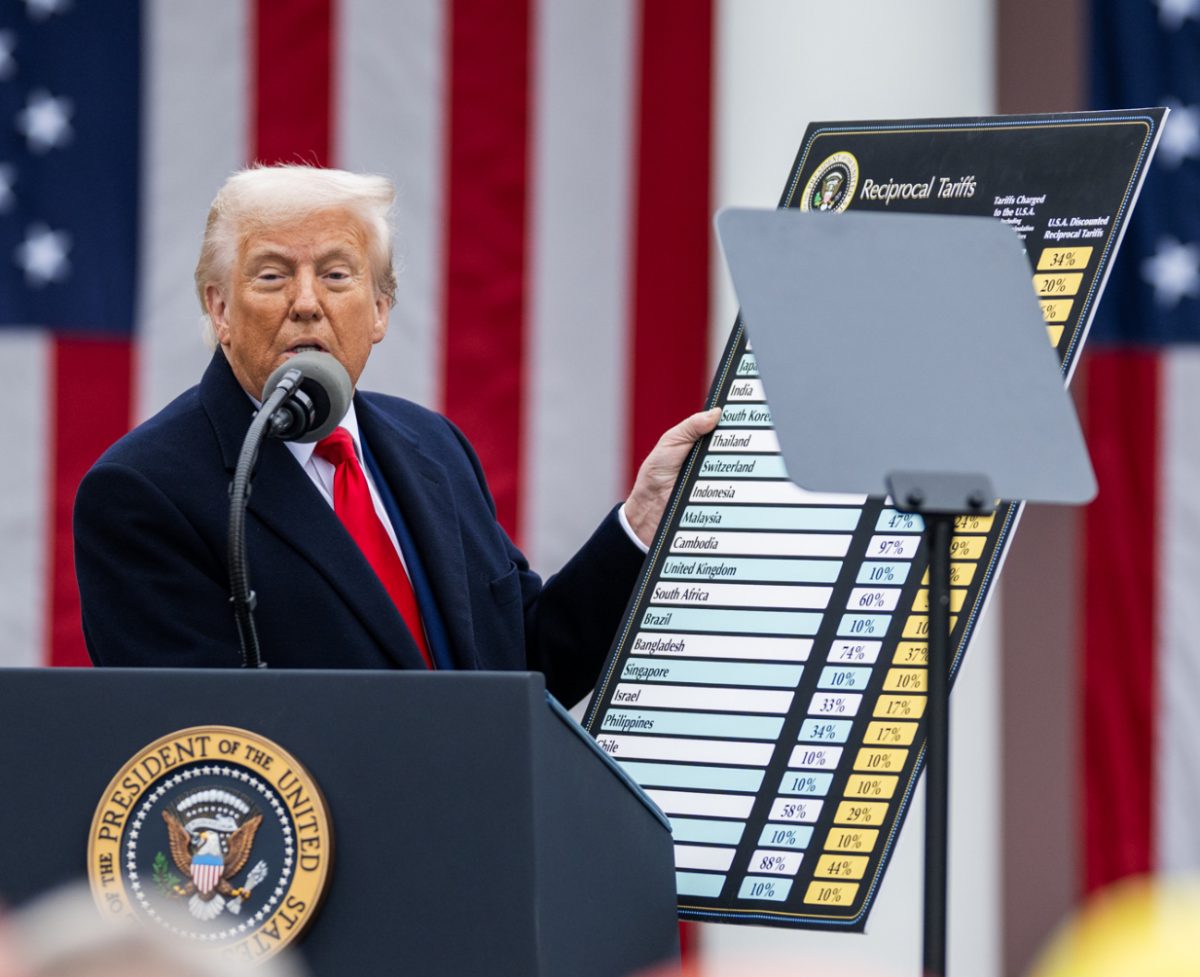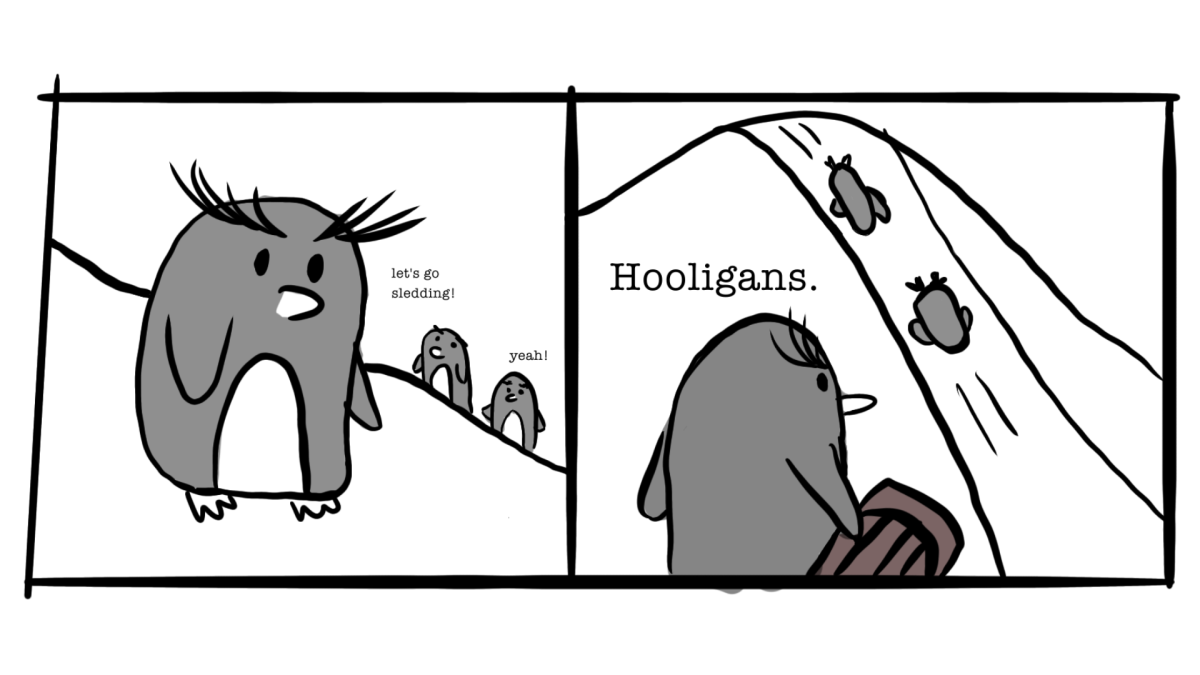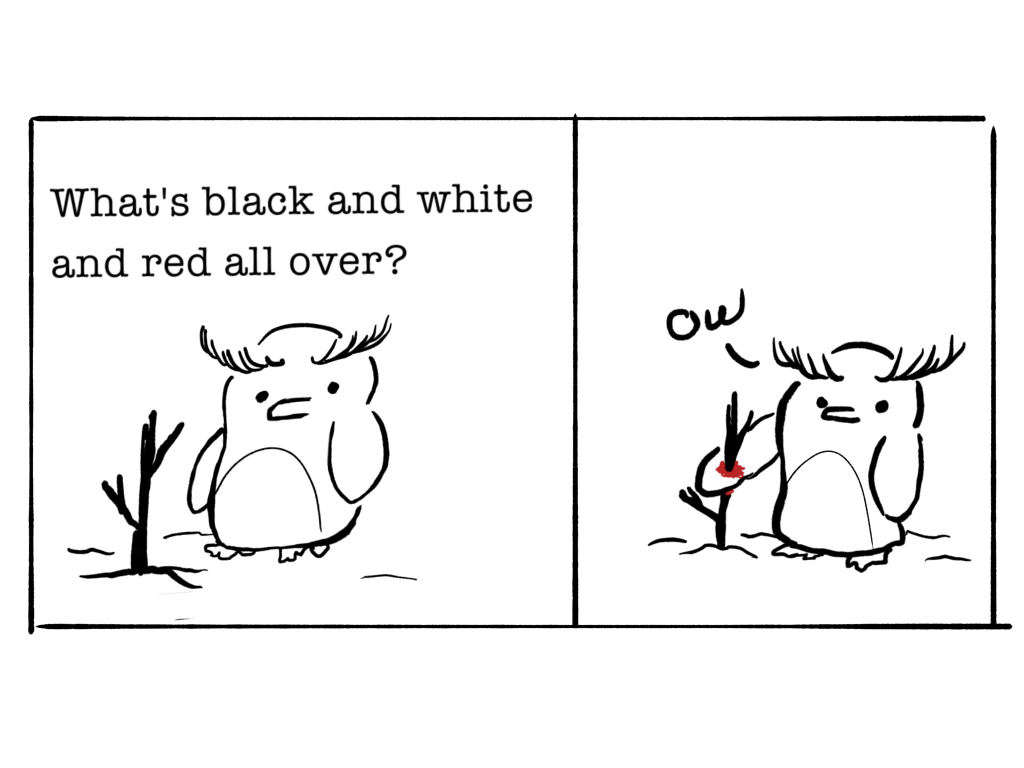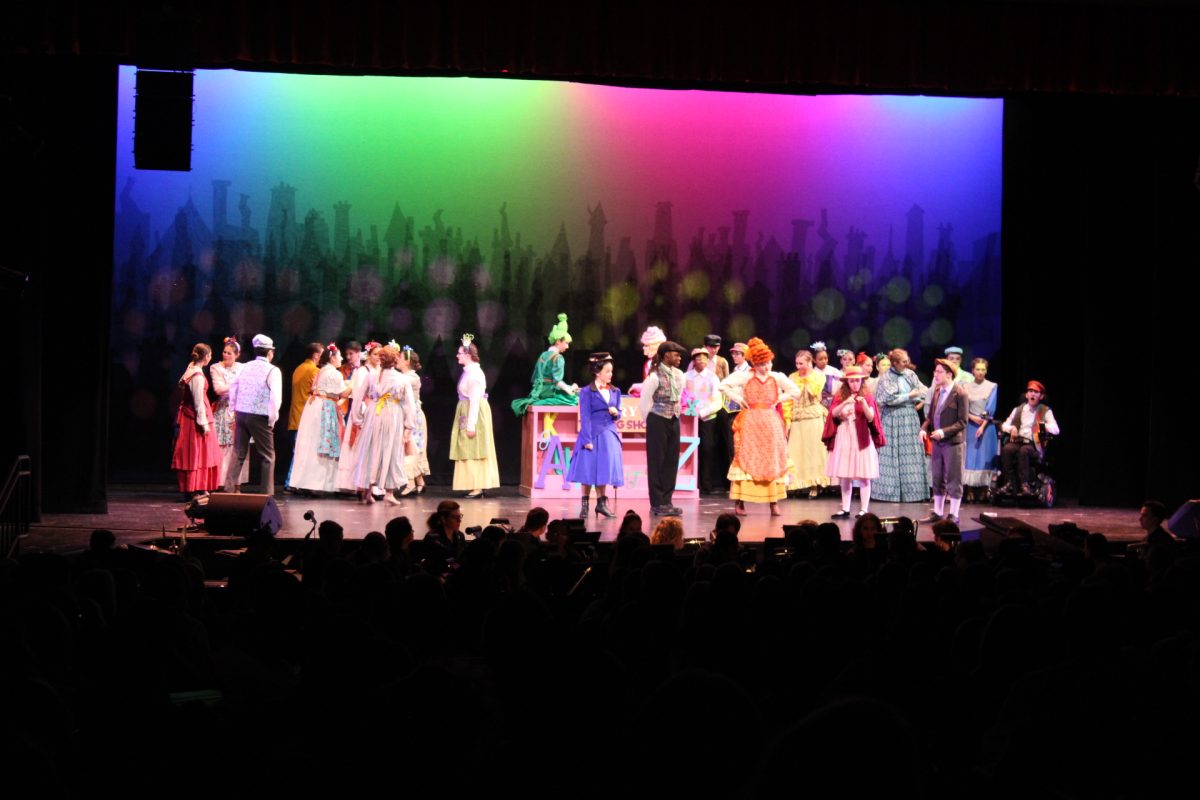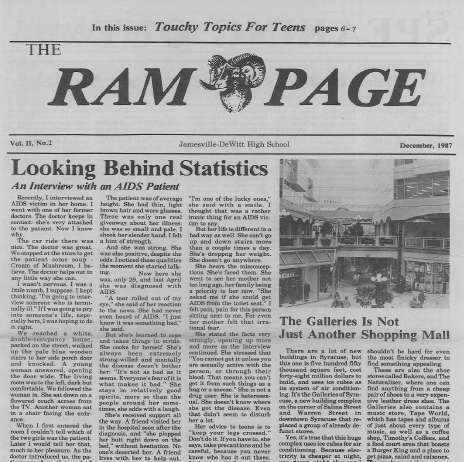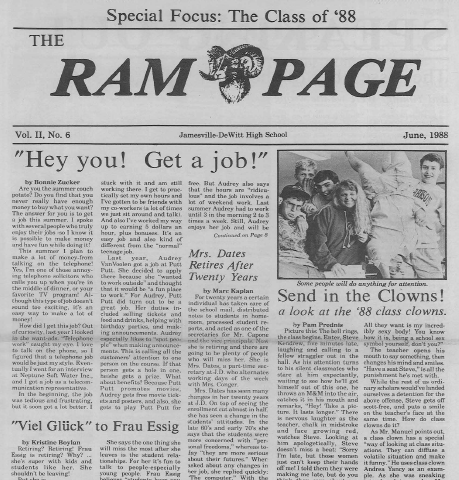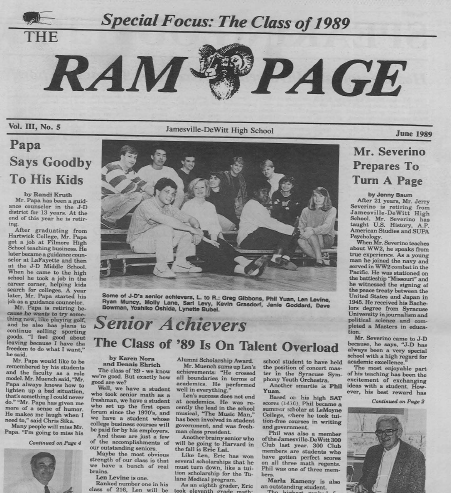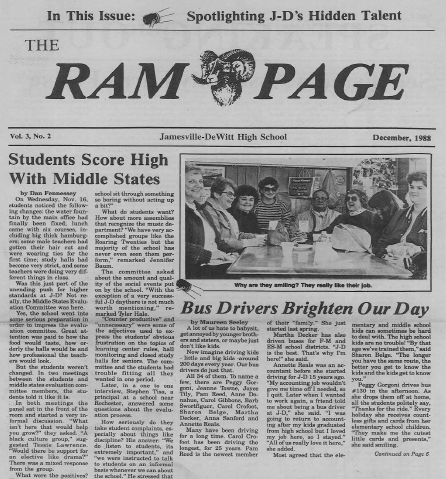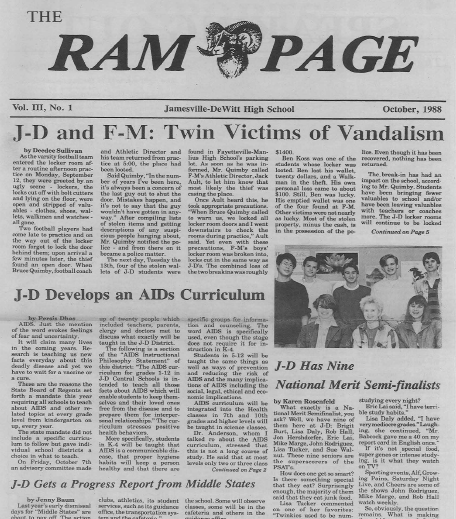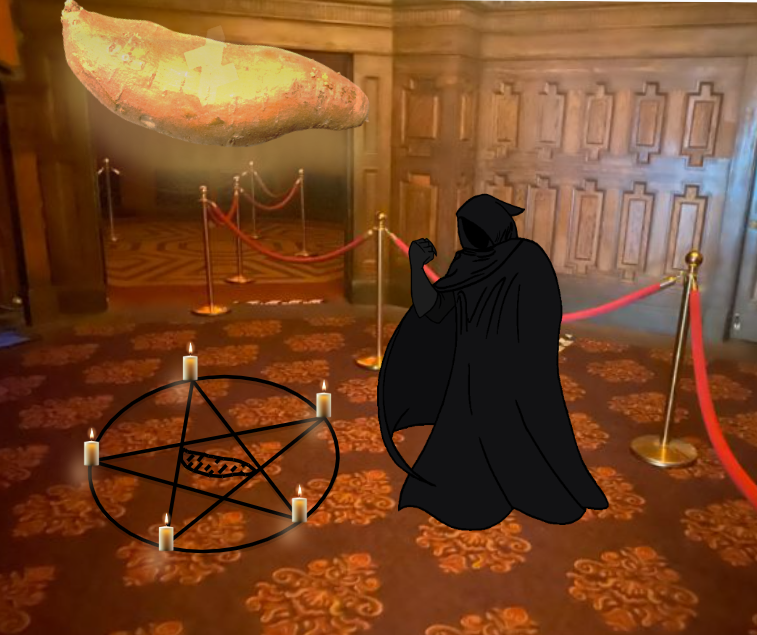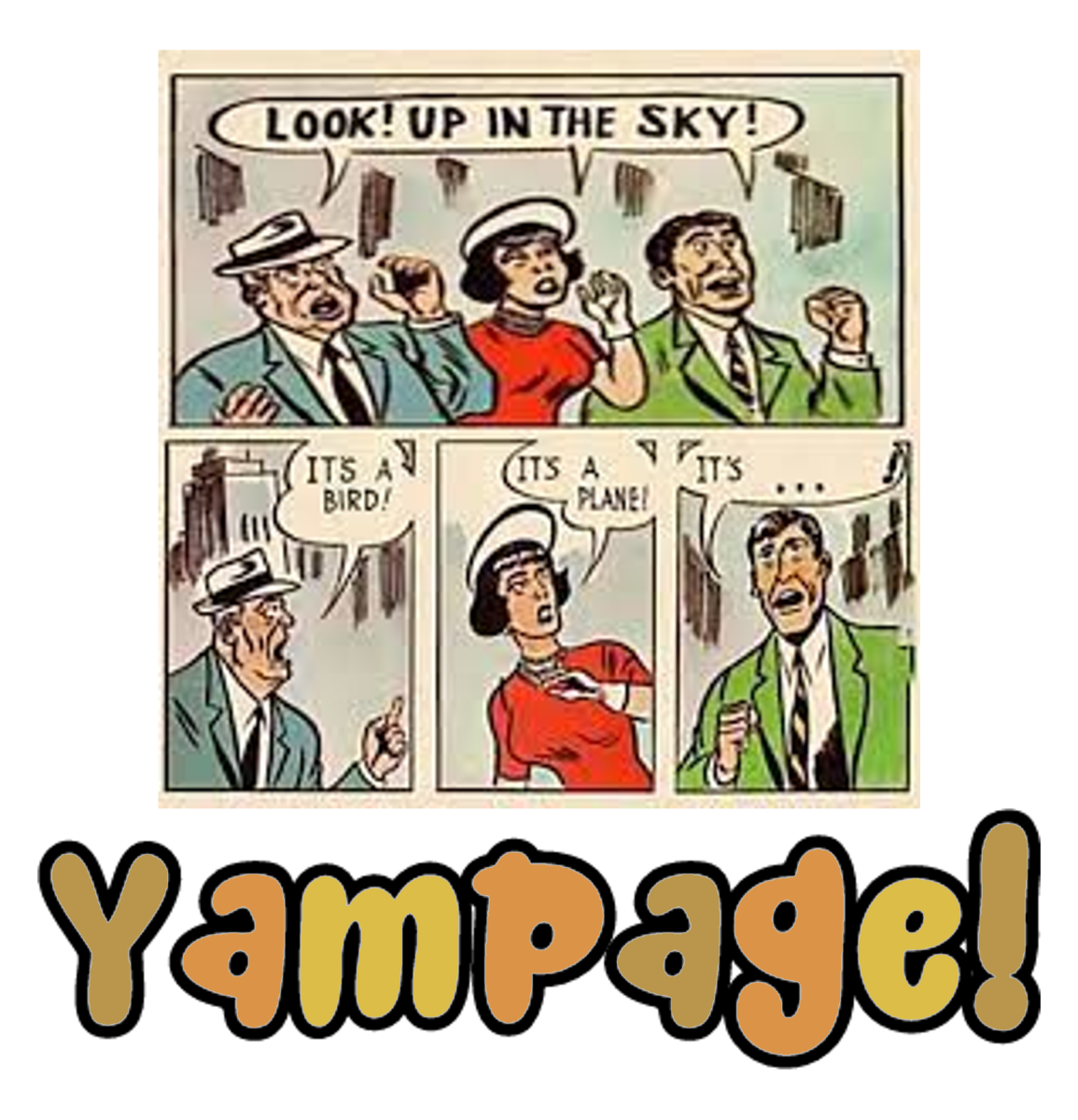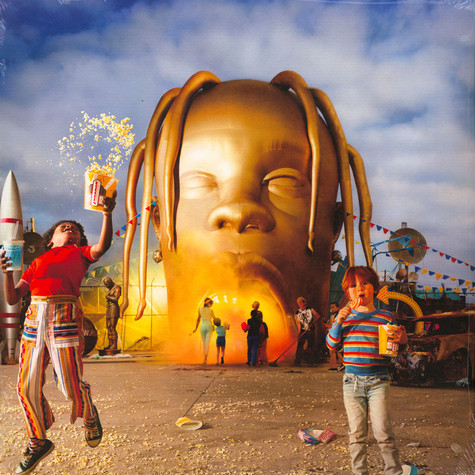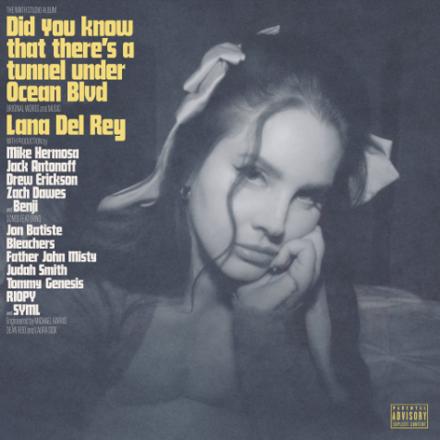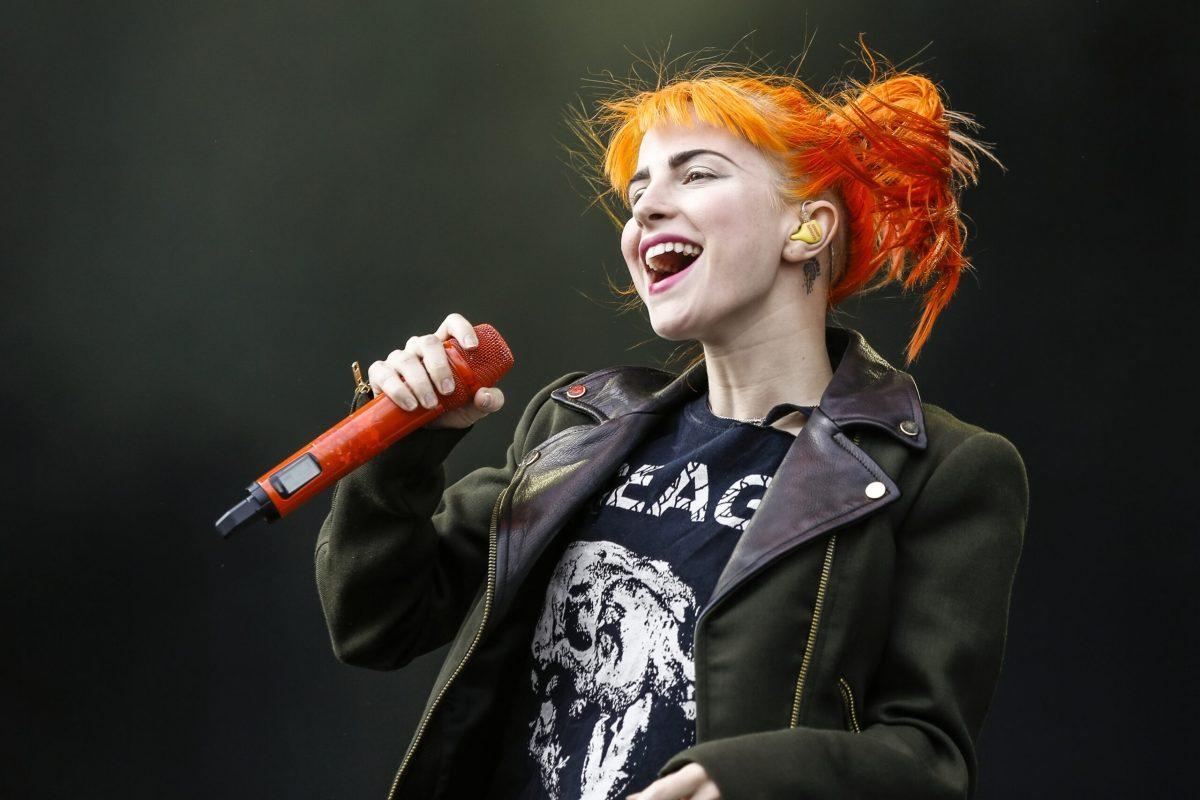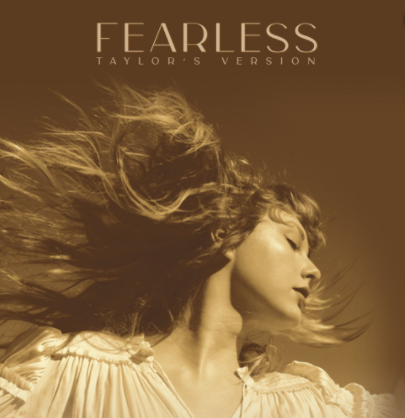Opinions belonging to Luke Hobika
Best tracks: “Stargazing;” “Sicko Mode;” “Stop Trying to Be God;” “5% Tint;”
Worst tracks: “Skeletons;” “Yosemite;” “Who? What?”
Welcome to Astroworld, a musical theme park designed by trap artist Travis Scott, who is best known for his successfully experimental album Rodeo and its lukewarm follow-up Birds in the Trap Sing McKnight. The much-anticipated album arrived with a filling seventeen tracks running for two minutes under an hour. Just as it sets out to do, the concepts of this album resemble those of any appealing amusement parks. With frequent beat switch ups, the project takes you on a ride through Scott’s meticulously crafted park. The opening track “Stargazing” is a prime example of this. It begins with a cloudy flute loop over a humming bass, while Scott ultimately lays out the deranged, sporadic sound of the rest of the album by explaining the haziness in his mind from psychedelics. Suddenly, the track slips cuts into a much more rapid pace with the introduction of much darker, hallucinatory keys that play while Scott paints a picture of his current state of life. Beat switches are no stranger to this album, appearing on other tracks such as “Sicko Mode.” In addition, the perfectly crafted, numerous layered production that stretches throughout this whole project takes after the luminescent setting of an amusement park at night. Of course, a fair thrives off of its allure, which is what the production takes the place as. The eerie piano loop of “5%Tint” favors the traits of a haunted house ride, “Yosemite” is so mediocre that it belongs in the kid section, and the chilling chimes of “NC-17” belong with an icy, overpriced snow cone stand. In addition, this album is packed with unexpected features from individuals such as The Weeknd, Frank Ocean, Drake, James Blake, and 21 Savage. The features often come up out of nowhere to take control of the ride. A majority of these features contribute well to the overall album, while at the end of the day the project seems a bit oversaturated and too reliant on them.
Yet, amusement parks are swarming with scams and sketchy and grimy areas. As mentioned before, the lavish, diverting production steals the show on this project. That being said, the content of the album is easily overlooked, and in this case for the better. In fact, just looking at content, a handful of tracks on this album do not differ from the other. For example, what is the difference in flows on “Who? What?” and “Butterfly Effect?” There are none. However, there are some mentionable highlights in terms of content. The ballad “Stop Trying to Be God” shows a personal Scott discuss the importance of sticking to his roots, and not stray away from those he loves by pulling a stunt that will improve his ego. The boom bap styled “Coffee Bean” obviously references his relationship with Kylie Jenner and the possible disputes that may have or will occur.
In comparison, the album parallels an inviting rollercoaster filled with the sounds of screams and twists that will cause motion sickness, but the underlying construction of the ride, which is hardly noticeable, is too unsteady for safety.



